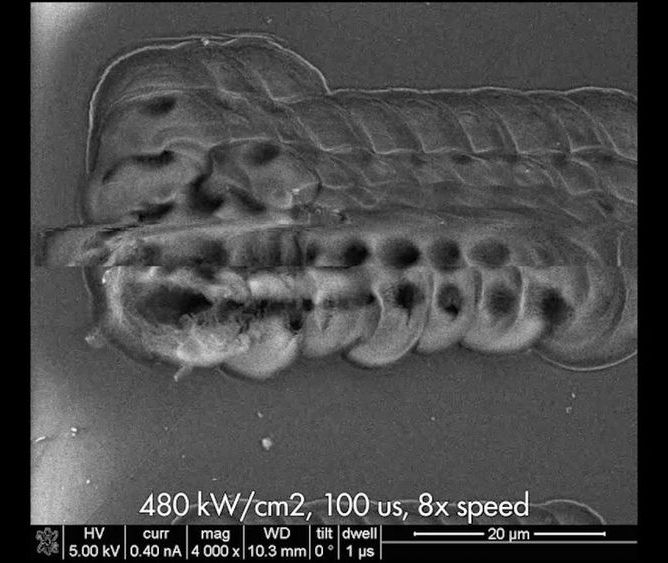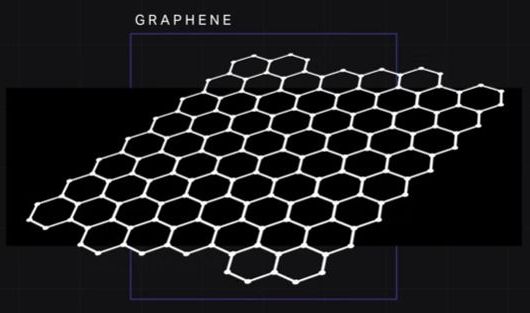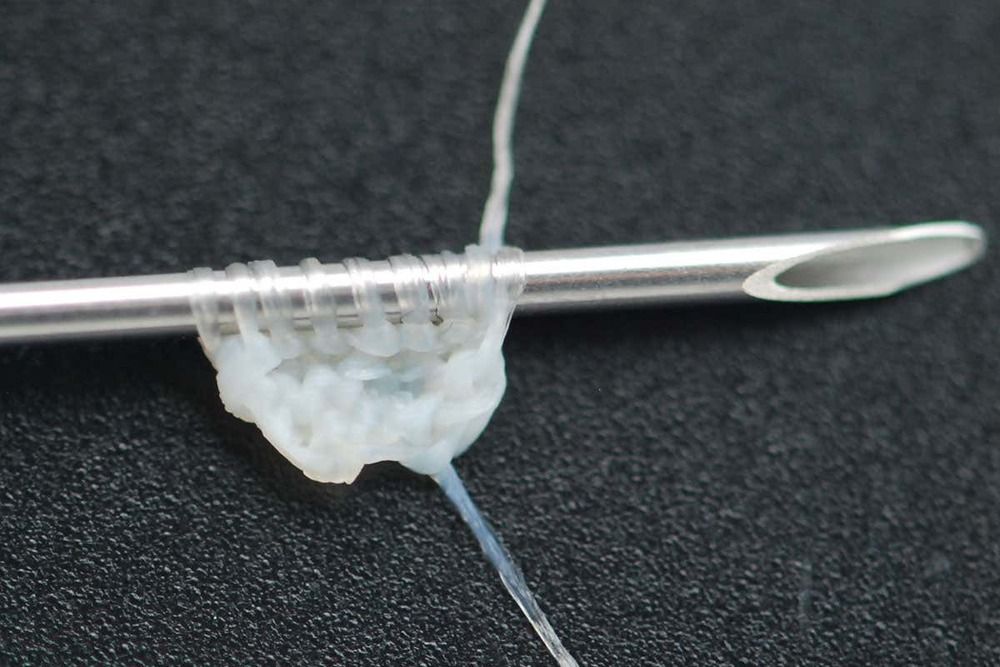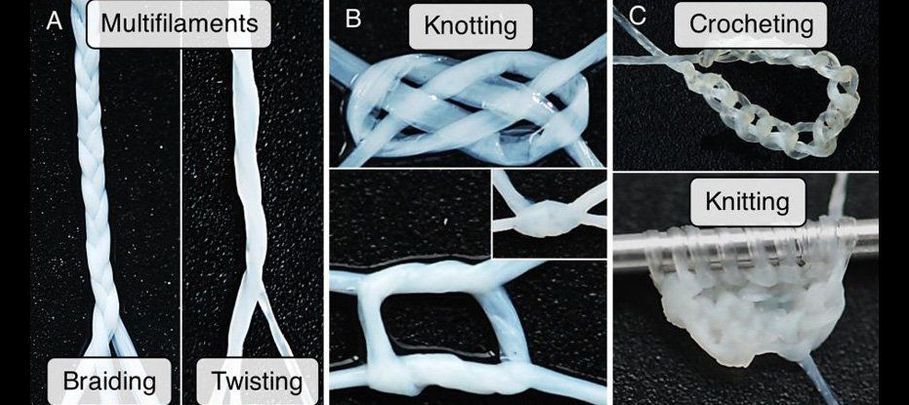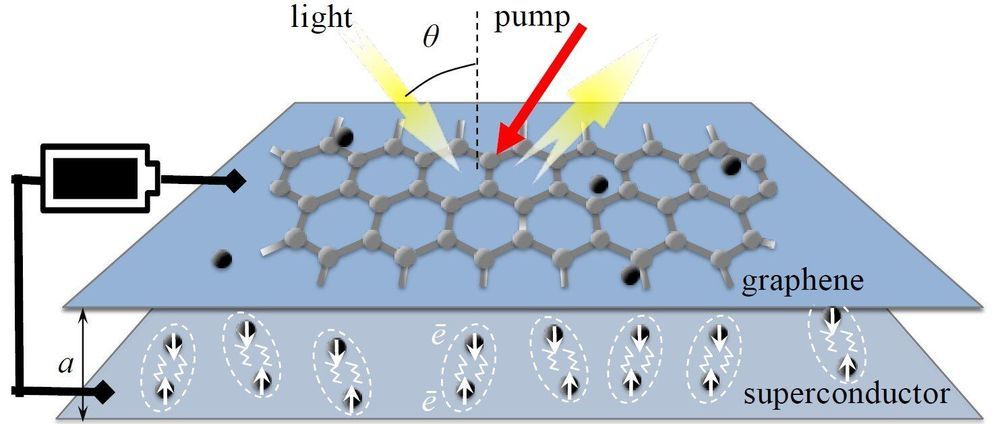Its timeless appeal is evident globally, from jewelry in Asia to tools in the Middle East to containers in Europe, and beyond. Only in the last century have moldable, petroleum-based plastics overshadowed it. Our mission is to use biotechnology to grow horns larger than animals can produce, thereby unlocking the medium’s full potential…and eliminating the demand for animal ivory.
Biofabricated Horn.



